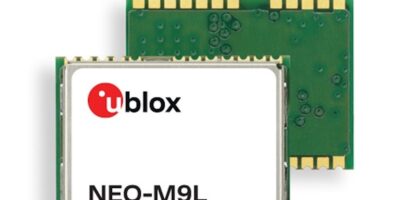Faces can be detected in video and still images at 12 milliseconds per inference in the Detectum neural network created by Xailient. The IoT face detection system uses Maxim Integrated’s MAX78000 AI microcontroller.
Xailient’s neural network draws 250 times lower power (at just 280 microJoules) than conventional embedded solutions, and at 12 milliseconds per inference, the network performs in real time and is faster than the most efficient face-detection system available for the edge, claims Maxim.
Battery-powered AI systems that require face detection, such as home cameras, industrial grade smart security cameras and retail solutions, require a low power operation to provide the longest possible time between charges. In addition to supporting standalone applications, Maxim Integrated’s microcontroller paired with Xailient’s neural network improves overall power efficiency and battery life of hybrid edge / cloud applications that use a low power ‘listening’ mode which wakes up the more complex systems when a face is detected.
Xailient’s Detectum neural network includes focus, zoom and visual wake word technologies to detect and localise faces in video and images at 76 times faster rates than conventional software, at similar or better accuracy, says Maxim. The ability to localise a face means that it can be used for advanced applications which determine where a face is in the image’s field of view. Examples include person, vehicle and object counting, presence or obstruction detection, as well as path mapping and footfall heatmaps.
The network can be extended to other applications such as livestock inventory and monitoring, parking spot occupancy and retail or warehouse inventory levels.
Xailient’s neural network combined with the computational efficiency and low power sleep modes of the MAX78000 microcontroller extend the operating time of coin cell battery-powered, hybrid edge/cloud applications for many years, says Maxim.
“AI is on track to be the second largest carbon emitting industry,” said Dr. Shivy Yohanandan, Xailient chief technology office (CTO) and inventor of Xailient’s Detectum neural network technology. “Replacing 14 legacy internet protocol cameras that use traditional cloud AI with edge-based cameras equipped with the Maxim Integrated MAX78000 paired with Xailient’s neural network has the equivalent carbon impact of taking one gasoline powered car off the road,” he said.
The MAX78000 is available now and Maxim also offers the MAX78000EVKIT# evaluation kit.
The Detectum neural network, series models, tools, services as well as focus, zoom and visual wake word technologies are available directly from Xailient.







